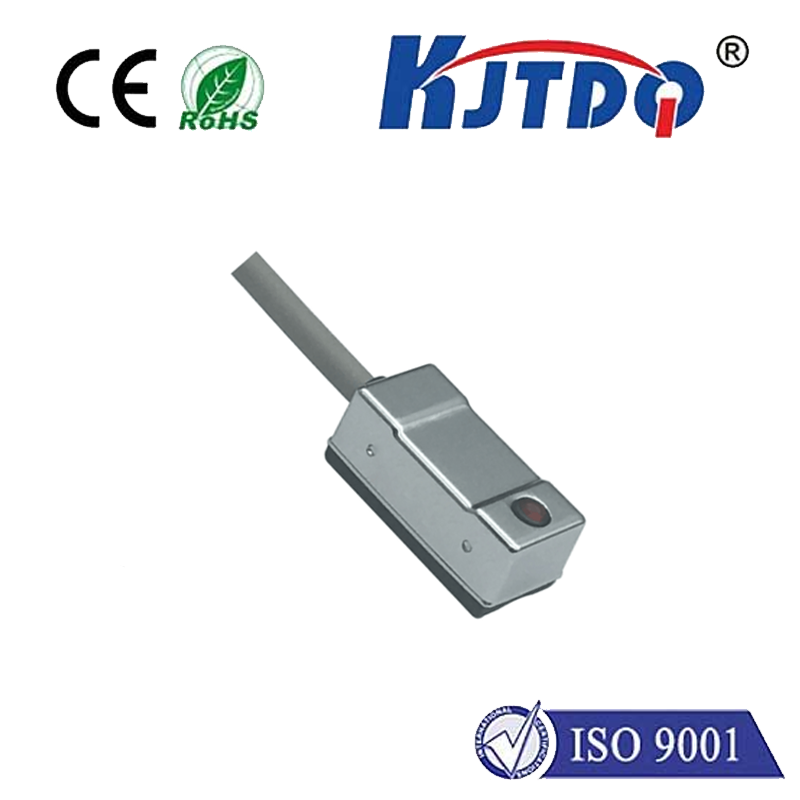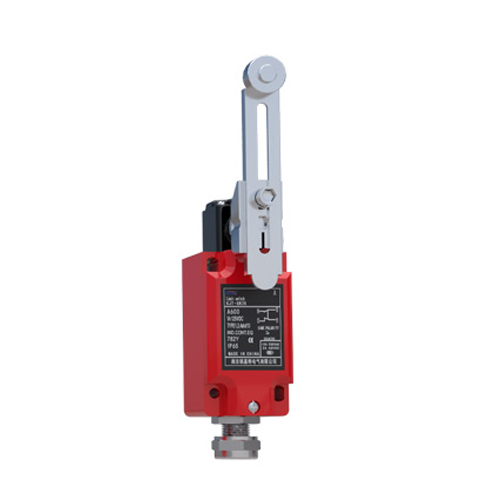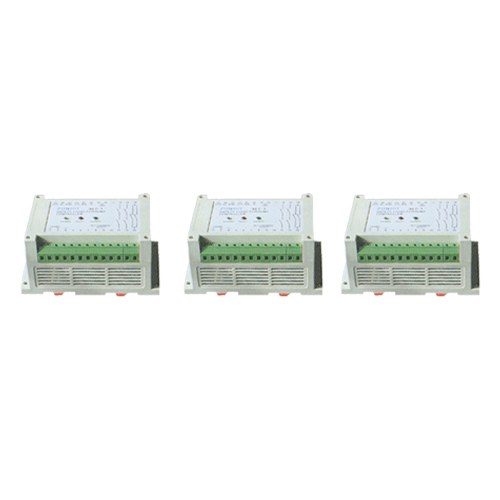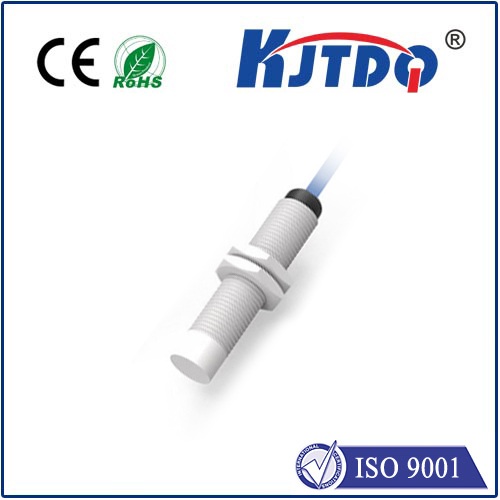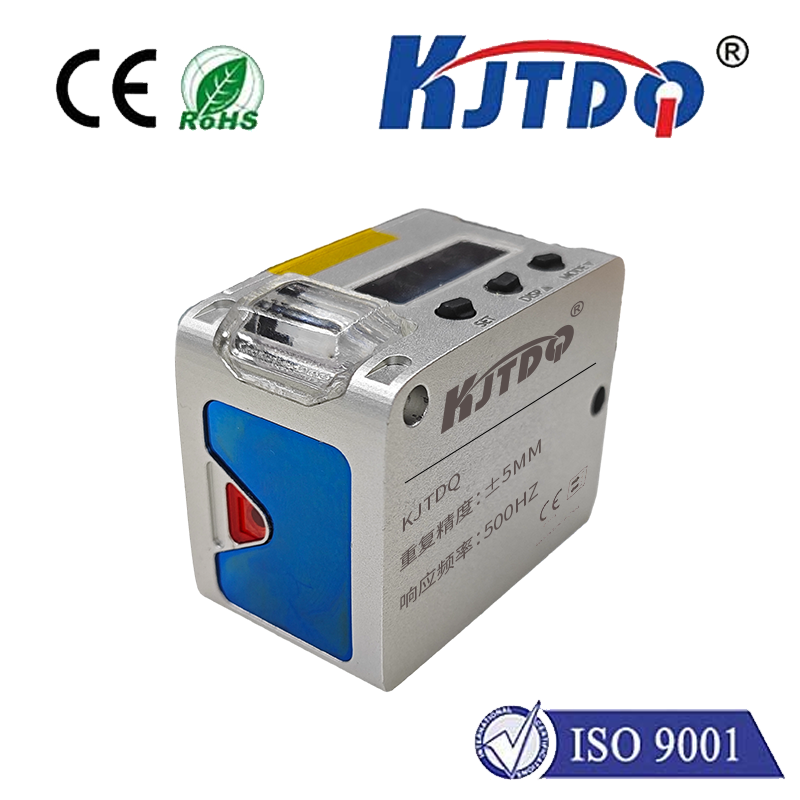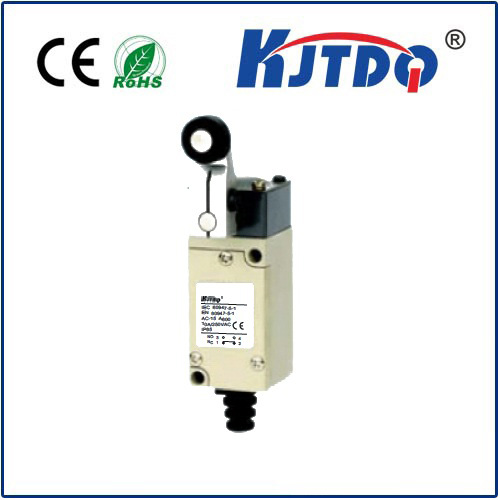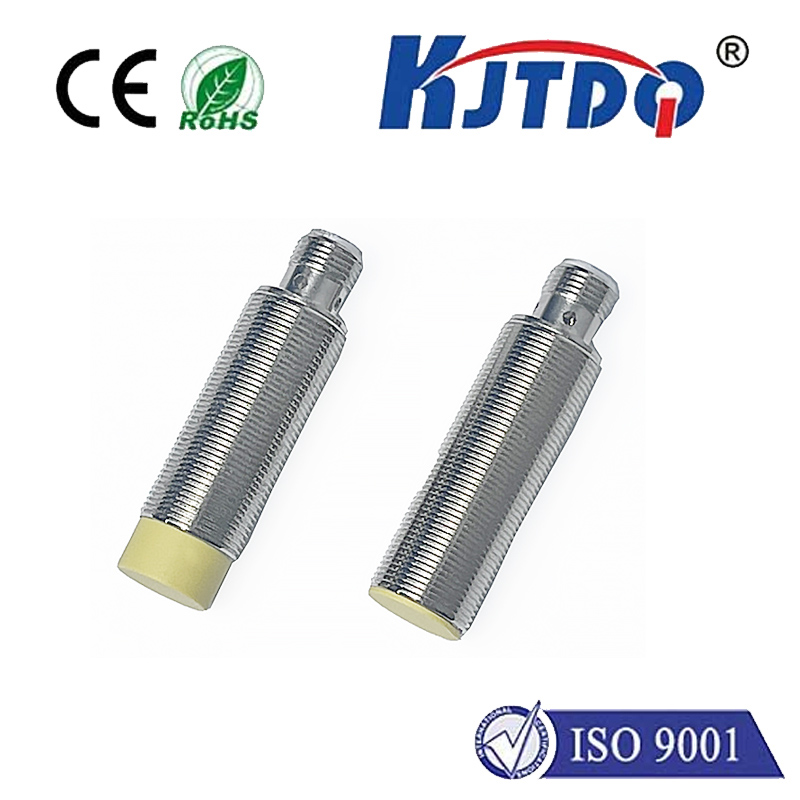jrt laser distance sensor
- time:2025-08-28 00:16:06
- Click:0
JRT Laser Distance Sensors: Accurate, Robust Measurement for Modern Industry
The quest for precise distance measurement has driven innovation for centuries. From early chains and tapes to ultrasonic tools, each leap aimed for greater speed and accuracy with less effort. Today, laser distance sensors stand at the pinnacle of this evolution, offering unparalleled precision across vast applications. Among the leaders in this field, JRT Laser Distance Sensors have carved a significant niche, providing reliable, high-performance solutions that empower professionals in demanding industrial, construction, and scientific environments. Understanding their capabilities is key to unlocking efficiency and accuracy in measurement tasks.
The Core Principle: Speed of Light Meets Precision Timing
At the heart of every JRT laser distance sensor lies a fundamental principle: measuring the time it takes for a laser pulse to travel to a target and back. This is known as the Time-of-Flight (ToF) principle. Here’s a simplified breakdown:
- Emission: The sensor emits a highly focused, low-power infrared laser beam towards the target surface.
- Reflection: The laser pulse strikes the target and reflects back towards the sensor. Surface properties can influence reflectivity, a factor modern sensors are adept at handling.
- Detection & Timing: A sensitive photodetector within the JRT sensor captures the returning beam. Sophisticated internal electronics precisely calculate the time difference (Δt) between emission and detection.
- Calculation: Knowing the speed of light (c ≈ 3 x 10^8 m/s) is constant, the distance (d) is calculated using the simple formula: d = (c * Δt) / 2. The division by 2 accounts for the round-trip journey of the light pulse.
This method allows JRT sensors to deliver exceptional accuracy, often within millimeters or even sub-millimeters over distances up to hundreds of meters, depending on the specific model. Their non-contact nature is a significant advantage, eliminating risks associated with physical contact like damage or deflection.

Why JRT Stands Out: Key Features and Capabilities
JRT has established a reputation for producing laser distance sensors that excel where performance and robustness are non-negotiable. Several features contribute to their widespread adoption:
- Outstanding Range and Accuracy: JRT offers models covering requirements from short-range precision tasks (e.g., machine alignment) to long-range outdoor measurements. Accuracy specifications are consistently impressive, making them suitable for high-precision applications like crane positioning or stockpile volume calculation.
- Robust Construction: Engineered for harsh conditions, most JRT sensors boast high IP ratings (IP54, IP65, or IP67). This signifies resistance to dust ingress and water jets, making them ideal for factories, construction sites, and challenging outdoor environments.
- Versatile Output Options: Recognizing diverse integration needs, JRT sensors provide multiple communication interfaces. Common options include RS232, RS485 (Modbus protocol), 4-20mA analog output, Bluetooth (BLE 4.0/5.0), and sometimes switched outputs (NPN/PNP). This flexibility allows seamless connection to PLCs, HMIs, data loggers, mobile apps, or proprietary systems.
- Compact and Lightweight Design: Despite their power, JRT sensors are often remarkably compact and lightweight. This facilitates easy mounting on machinery, drones, robots, or handheld poles without adding significant bulk.
- Fast Measurement Speed: With rapid sampling rates, JRT sensors can provide near real-time distance feedback. This is crucial for dynamic applications like vehicle guidance, conveyor monitoring, or automated guided vehicle (AGV) navigation.
- Bluetooth Connectivity Integration: The inclusion of Bluetooth Low Energy (BLE) in many models has revolutionized usability. Technicians can connect via smartphone apps for remote configuration, real-time data visualization, logging, and easy reading in hard-to-reach locations, significantly enhancing operational efficiency and safety.
- Reliability and Stability: JRT sensors are known for their dependable performance over extended periods. Stable measurements, resistance to ambient light interference (within specified limits), and consistent operation contribute to low maintenance requirements.
Unlocking Applications: Where JRT Sensors Deliver Value
The versatility of JRT laser distance sensors makes them indispensable tools across numerous sectors:
- Industrial Automation: Machine positioning, conveyor belt monitoring, robotic arm guidance, fill level control in bins/silos, thickness measurement, and roll diameter detection.
- Construction and Surveying: Precise layout work, height and width measurement, stockpile volume calculations (sand, gravel), crane hook positioning, and monitoring structural movements or deformations.
- Logistics and Warehousing: Pallet dimensioning, truck loading/unloading guidance, warehouse rack monitoring, and automated storage/retrieval system (AS/RS) positioning.
- Mobile Machinery: Crane and aerial lift (cherry picker) safety systems, excavator bucket positioning, and vehicle guidance in confined spaces or automated parking scenarios.
- Scientific Research and Development: Precise positioning in experimental setups, vibration measurement, and control system feedback.
- Agriculture: Monitoring grain levels in silos or controlling agricultural machinery height.
- Security and Surveillance: Perimeter monitoring and intrusion detection systems.
- Forestry: Measuring tree height and stand density surveys.
Selecting the Right JRT Sensor: Key Considerations
Choosing the optimal JRT laser distance sensor hinges on defining your application’s specific demands:
- Required Range: What are the minimum and maximum distances you need to measure reliably?
- Accuracy Needed: How precise do your measurements need to be? Sub-mm, mm, or cm level?
- Target Surface: Is the surface dark, reflective (mirror-like), or transparent? While JRT sensors handle many surfaces well, extremely challenging targets may require specific models or settings.
- Operating Environment: Indoor, outdoor, dusty, humid? Choose the appropriate IP rating for environmental protection.
- Mounting and Size: What are the physical constraints for mounting the sensor? Compactness may be critical.
- Output Interface: How will the sensor integrate with your system? RS485/Modbus, RS232, 4-20mA, Bluetooth, or digital I/O?
- Measurement Speed: How quickly do you need distance updates? High-speed dynamic applications demand fast sampling rates.
- Power Supply: What voltage levels (typically DC) are available? Ensure compatibility (e.g., 5V, 12V, 24V).
JRT typically offers a comprehensive product portfolio, ensuring there’s a sensor tailored to the specific combination of range, accuracy, output, and protection level needed.
Embracing Laser Precision
JRT Laser Distance Sensors embody the cutting edge of non-contact distance measurement technology. By leveraging the speed of light with robust engineering and versatile connectivity, including convenient Bluetooth integration, they provide reliable, high-precision data essential for modern industrial processes, construction efficiency, and scientific accuracy. Their blend of exceptional range, pinpoint accuracy, rugged construction, and flexible interfaces makes them a go-to solution for professionals seeking to optimize operations, enhance safety, and gain actionable insights through precise dimensional control. In a world where measurement underpins progress, JRT delivers the precision tools needed to build, manufacture, and innovate with confidence.







